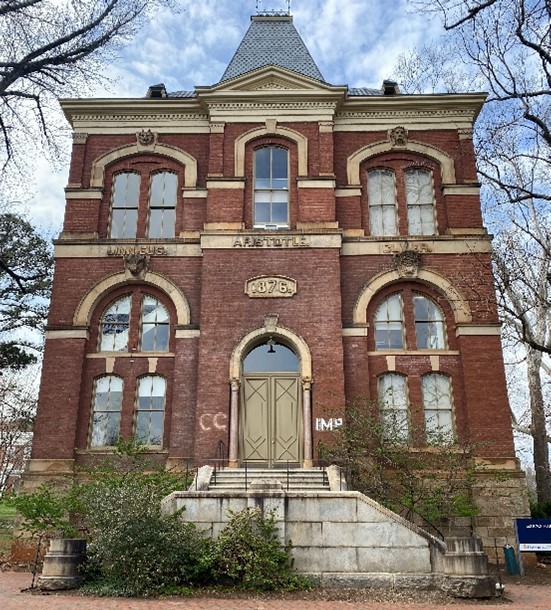Born in Parkersburg, West Virginia in 1948, Frederick H. Damon was raised in suburban Minneapolis, Minnesota, and it is that place, Richfield, Minnesota, which he considers his first home. He earned his BA in Psychology at Duke University
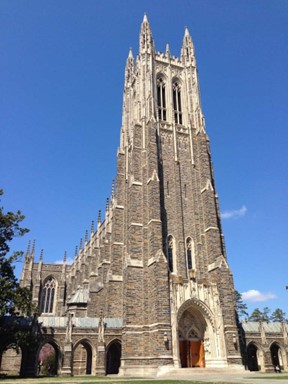
West Campus chapel
(1970) and Ph.D. in Anthropology from Princeton University (1978). He married Nancy Coble in 1971, having first met her at Duke, Duke’s location, Durham, North Carolina, her home. In 1973 for his dissertation research, Fred and Nancy traveled to Port Moresby, the then Trust Territory’s, now the country’s capital, where they were hosted and welcomed by Jerry Leach, Tom Ernst and Marilyn Strathern, among others. Abord a government charter arranged by Jerry Leach, with Nancy Munn and his wife Nancy, Fred sailed east from Losuia, the government center in the Trobriand Islands. Nancy Munn disembarked at Gawa, Fred and Nancy half a day later onto the old dock at Guasopa
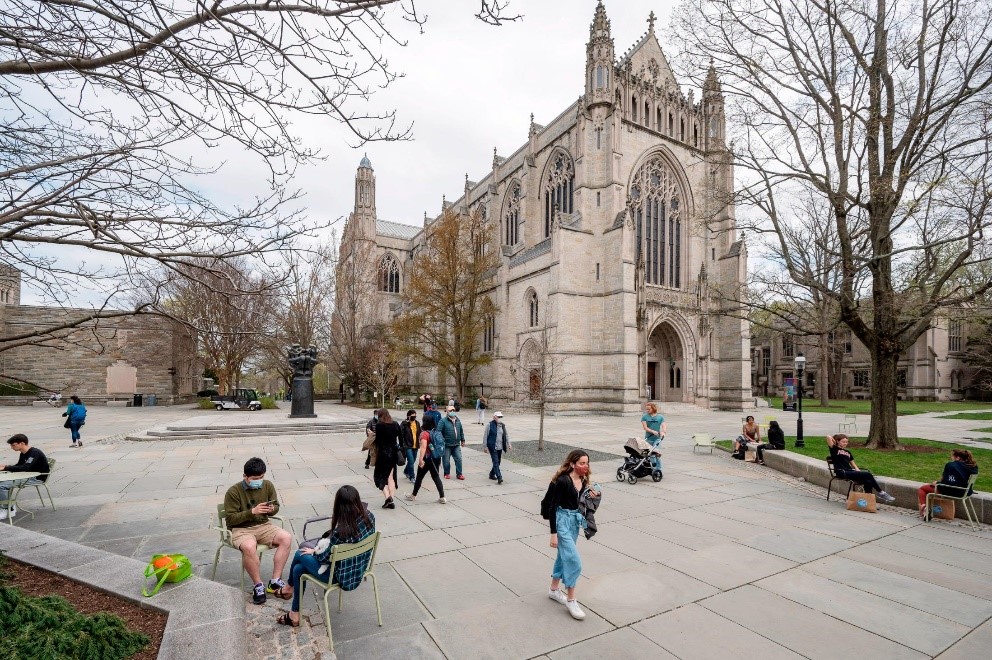
(thankfully overwhelmed by
the learning structured about it)
in southeastern Muyuw in late July, 1973. There he began his dissertation research in Woodlark Island, Muyuw, now in Milne Bay Province, Papua New Guinea. At Nancy Munn’s advice Fred and Nancy went to Wabunun village some 4 miles east of Guasopa and its World War II airstrip. Not counting two short excursions to Port Moresby, Fred remained on Muyuw until early August, 1975 (Nancy was with him until March 1975 whence she returned to Minneapolis Minnesota to start an Ma program at the University of Minnesota and have their first child, Kate, in fact the very week Fred left Muyuw that August.). Muyuw in general and Wabunun village in particular have become Fred’s second home. He started at the University of Virginia during the 1976-77 academic year, adding Charlottesville, Virginia as his third home. He returned to Muyuw for a brief period in 1982. In 1991 he returned again to initiate a research program which, effectively, continues. He has now spent 49 months in the country all but a few weeks of which were on the island.
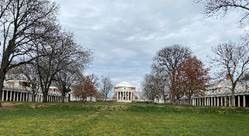
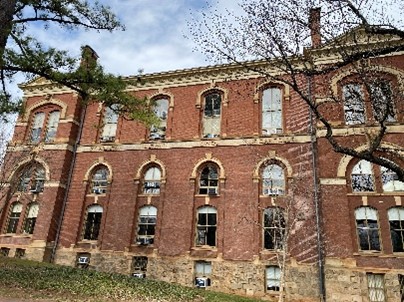
|
|
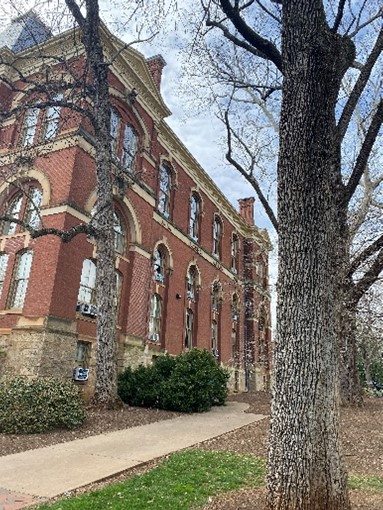
|
| Counterposed to the Rotunda, the Anthropology Department’s Brooks Hall—South Side, East facing entrance, and North Side.(See Jeffrey Hantman's discussion of Brooks Hall.) |
| Damon has learned in and taught from university landscapes among the most moving in the United States. Products of the late 18th, 19th and 20th century Americas, they were emblematic inspirations for those times. But by becoming an anthropologist, one cannot help wonder what they represented and what they have wrought… |
Fred writes employing symbolic approaches emanating from structuralism, in both its Anglo-French (which began at Duke) and American versions (which began at Princeton), and the European Marxism that developed in the 1960s and 1970s. The ‘economic’ spin he takes includes World-Systems theory (Sidney Mintz in the late 1970s and early 1980s added immensely to this thread). The 1990s turn to historical ecology (Carole Crumley, Tim Flannery and Joel Gunn, among others) added the last clutch of straw to his theoretical nest. Fred considers himself a social anthropologist with regional interests in the Indo-Pacific focusing on Melanesia and (southeastern) China, and modern Western (American) societies. Topically he has written about ritual (his US teaching figures in this), exchange and production systems, ethnobotany and historical ecology, and calendrical systems. He has lectured about his work in Australia, China, Denmark, England, Finland, France, Mexico, New Zealand, Norway, Papua New Guinea, Peru, Singapore, Spain and the US.
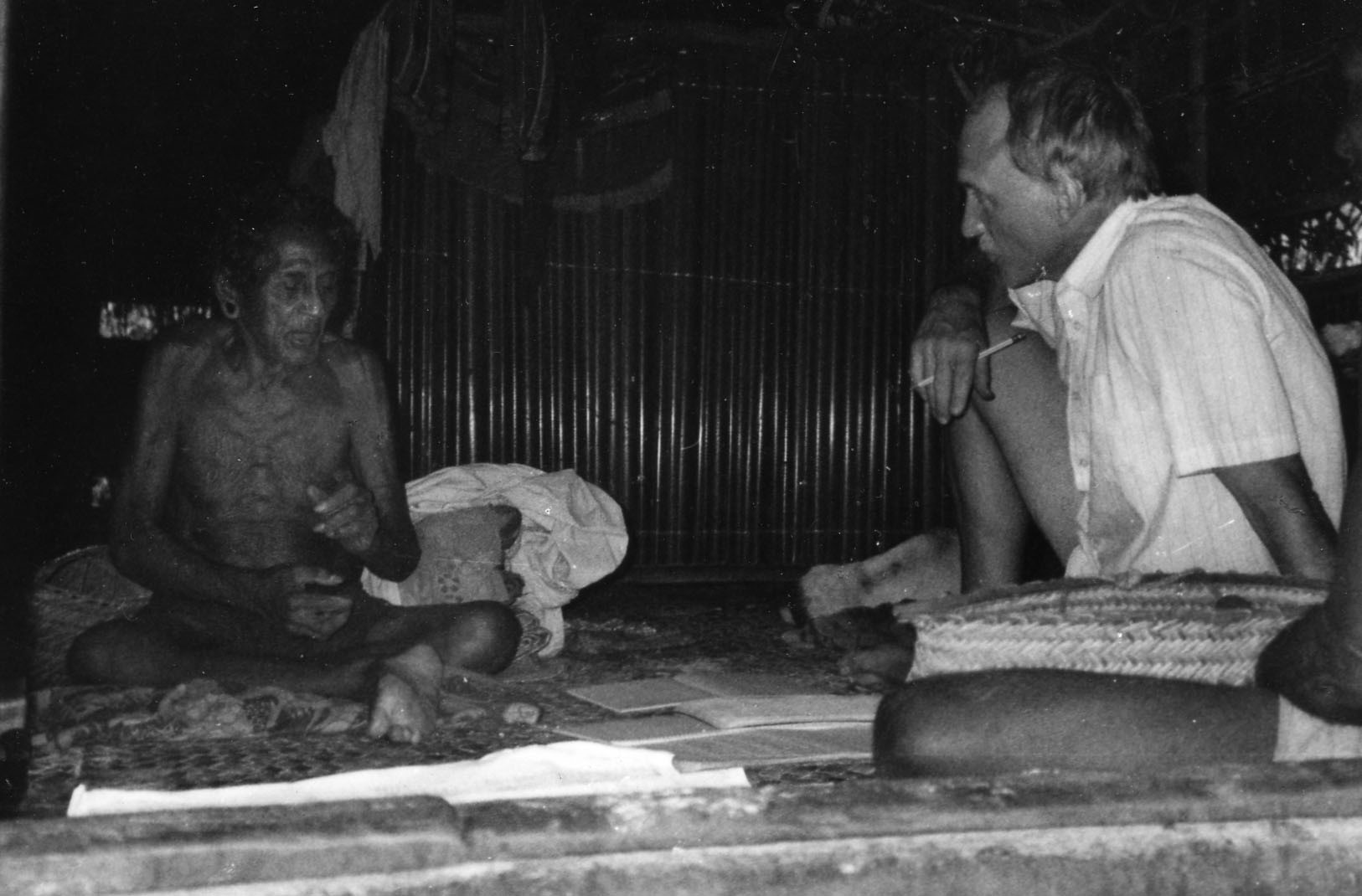
Nineteen ninety-one hatched a to return to Muyuw to initiate environmental research then start an analogous and comparative research program in China. Fred visited Taiwan and Kunming in Yunnan Province, the Peoples Republic of China for the first time during the summer of 1991. His then student, the now retired Taiwanese anthropologist Dr. Ho Ts’ui-P’ing introduced him to Taiwan and Yunnan Province before he returned to Muyuw. His ethnobotanical work followed from what he learned in 1991 and started on the island in 1995; Fred thought he would be
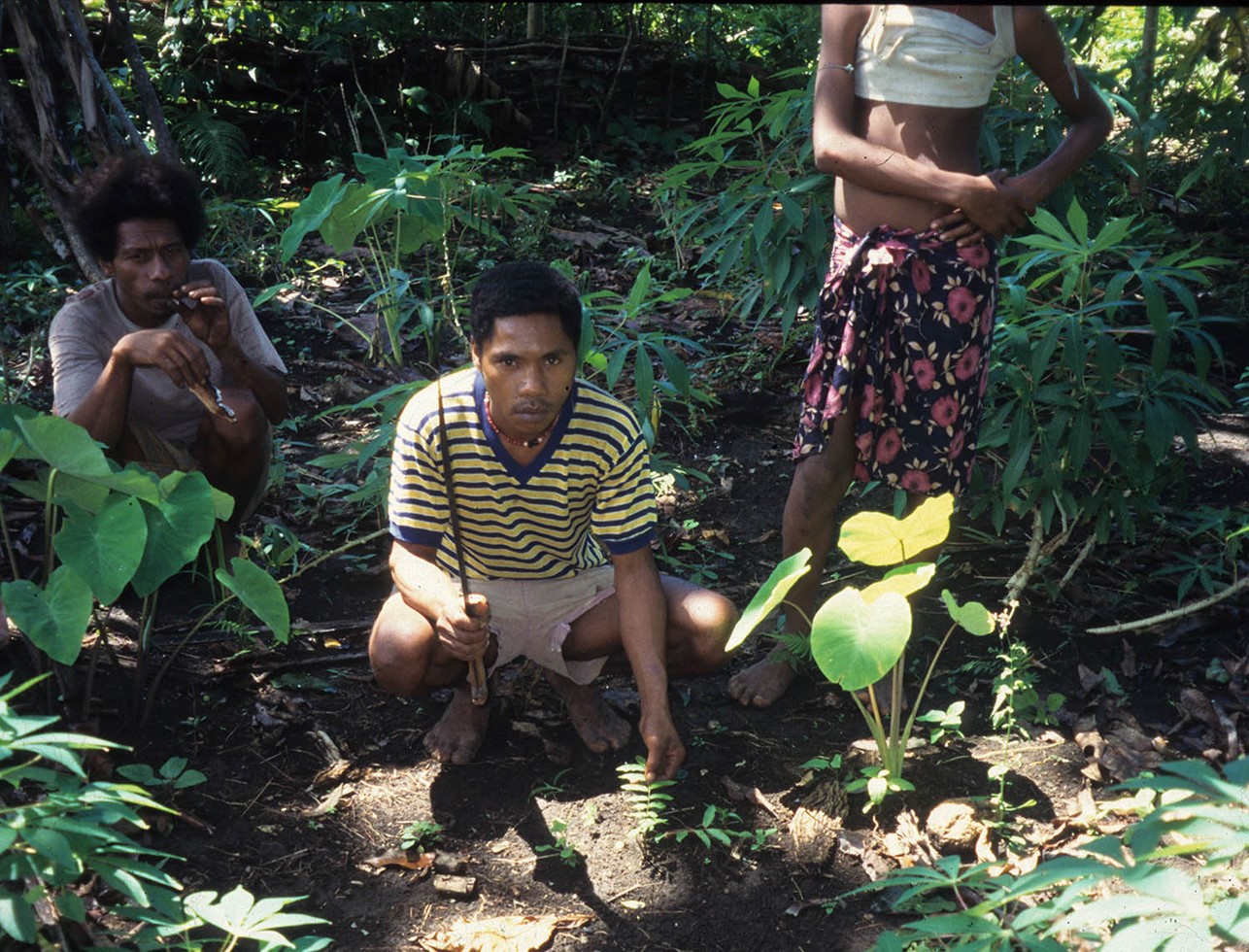
next to a gweda (RHUS taitensis) seedling
planted next to a young taro plant. Iwa people
grow gweda, literally their forests, along with
their crops, a variation on practices in eastern
Muyuw and much of the Trobriands where the
tree is killed first and then seeds are crowded
around its remains. The motivating idea is that
the tree puts good, sweet things into the soil
making the plants grow larger and/or faster.
This tree organized the beginning of Damon’s
ethnobotanical research. Its story, and the tales
spun from it, fill his 2017
TREES, KNOTS AND OUTRIGGERS.
finished with Muyuw after his 8-month stay in 1996. However, he has returned there nine more times and expects to return again: Muyuw draws people into it (a quality Fred has discussed with several of the other Europeans who have worked on the island—namely the Neates and Chris Potulski formerly of Auridian Gold Mining Company). But his plans in China continued. Following an early 1980s UVa initiative and his own sense that there were typological affinities between southwestern China and the Melanesia he knew, initially he was going to do research in Yunnan Province. Although he made friends in Kunming’s Nationalities University (民族大学), beginning about 2000 he was drawn to Fujian Province’s Quanzhou. And he has now spent nearly a year in Quanzhou, making it his 4th home, principally located amidst the Quanzhou Maritime Museum (泉州海外交通史博物馆) and its personnel; in 2013 he lived in the Museum’s property nestled inside Quanzhou’s iconic Kaiyuan Si. The Peking University anthropologist Wang Mingming, himself from Quanzhou, directed Fred to Quanzhou. In addition to the personnel of the Quanzhou Maritime Museum, he numbers among his Chinese associates Wang Mingming and his entourage of his students spread across China. Among them are Luo Yang, who has helped him immeasurably on his current research stretch, Liang Yongjia, Tang Yun and Zhang Yuan, and the Hong Kong-based (HKUST) anthropologist Ma Jianxiong.
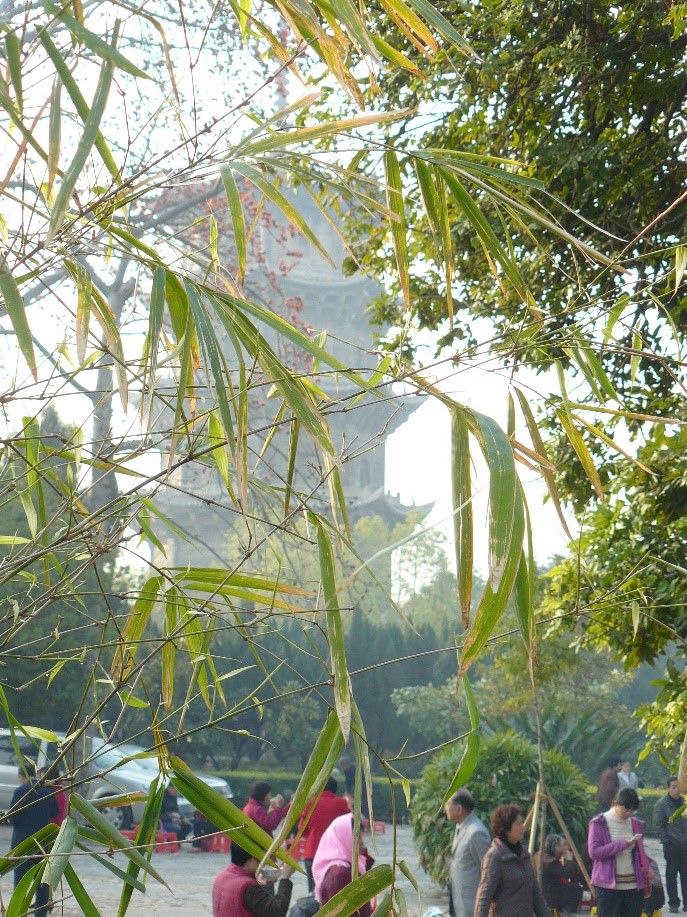
of the Kaiyuan Si taken on
1/26/2013, coincidentally the
26th day of that lunar month,
amidst a ritual, 勤佛日(qín fó rì),
somewhat literally translated to
“Diligent Buddha's Day.” It is a
massive celebration pulling into
the Temple's courtyard and
surrounding streets perhaps
25,000 people making the place
Quanzhou’s moral center.
The wave that 1991 research plan started is now undergoing its third redefinition. Although he planned to leave Muyuw after he published his 2017 book, TREES, KNOTS AND OUTRIGGERS (Berghahn Books), things he learned during a short return to Muyuw in 2017 pull him back there again.
Fred retired in May, 2023, completing 46 years at UVa. He hopes his brain will last another ten years. Muyuw still beckons, especially given the comparative insights the engagement with Chinese culture has created. A conference he organized at the University of Virginia in January, 2020, just before the world closed down from the coronavirus pandemic, slowly inches toward publication (See Geometries). Two China research endeavors call. One of those may be beyond his reach but the other, probably accomplished with Lin Han, one of Fred’s Quanzhou Maritime Museum colleagues, is primarily textual and may be doable. In the spring of 2019 the EHESS French anthropologist and North Americanist, Emmanuel Désveaux, visited Charlottesville’s UVa. Upon meeting up with him in 2022, following an ESfO conference in Corsica, Damon and Désveaux started on an idea for a symposium on North American societies. Fred did much of his analytical preparation for going to the Kula Ring by studying interrelationships among Northwest Coast societies, principally the Tlingit, Haida and Tsimshian. Hearing about what he had done, Désveaux encouraged him to return to it. In talking it over they created a working idea for a conference called “SEASONALITY AND DUALITY: New Perspectives on North American Societies.” Although still very much in the nest-building stage, about this project Fred has contacted Yancey Orr, Alessandro Questa, and Thomas Thornton. We will see what gets laid, then perhaps hatched.
